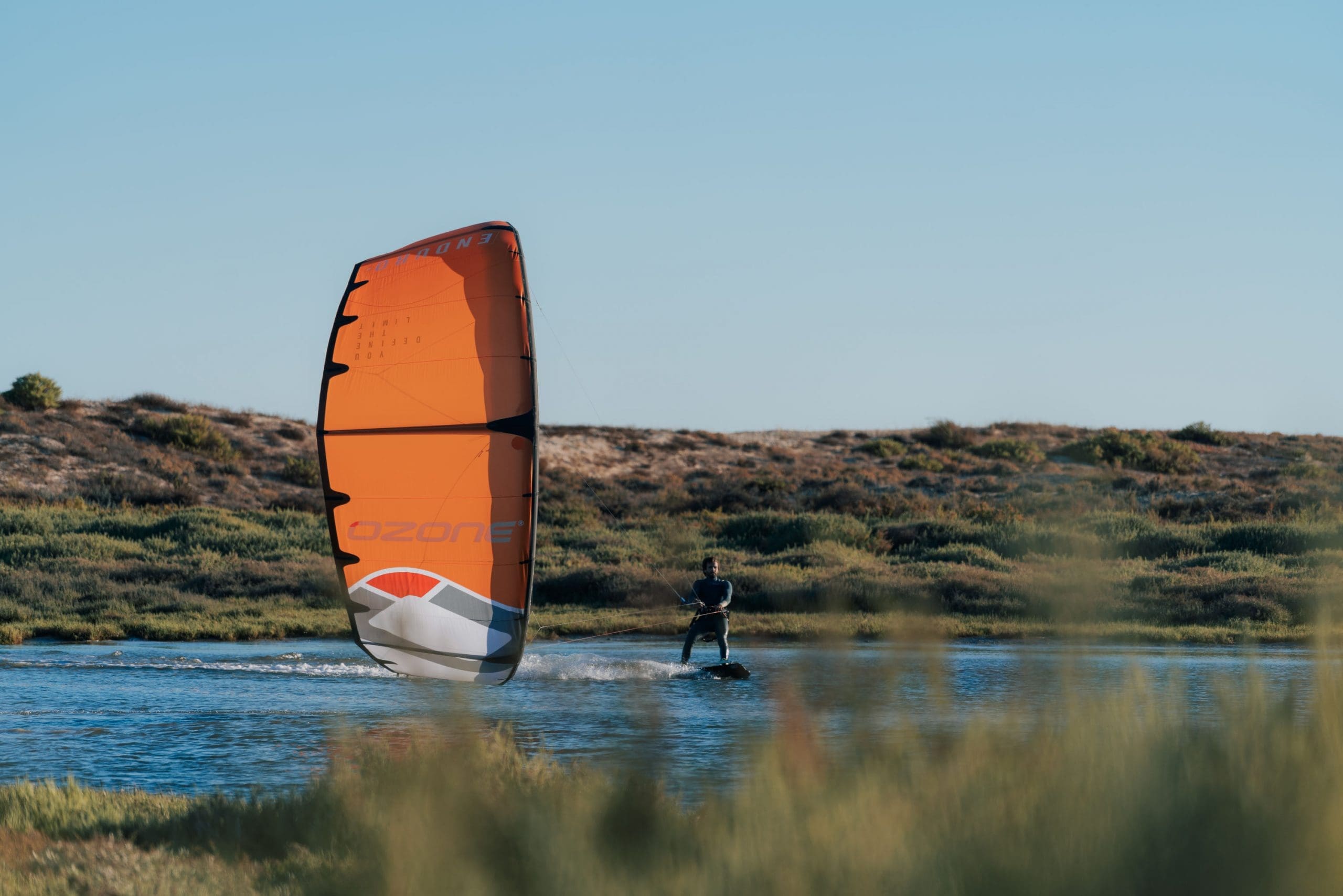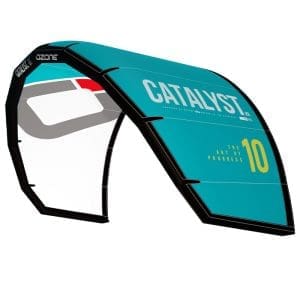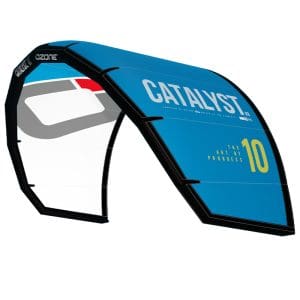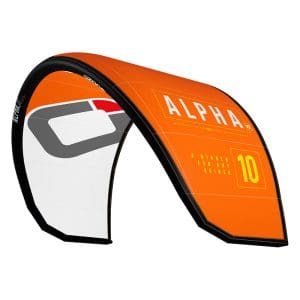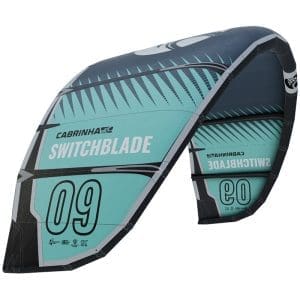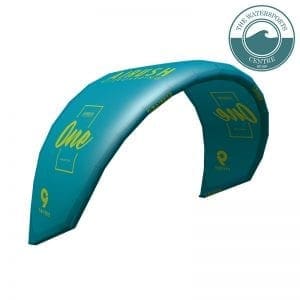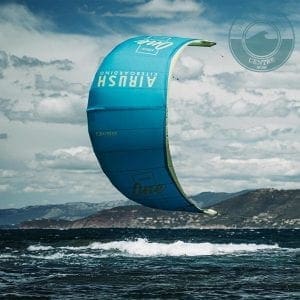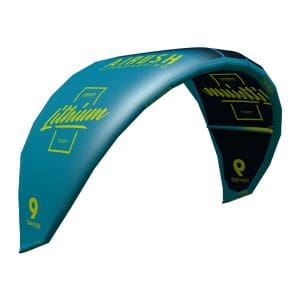Choosing The Right Kiteboarding Equipment
How do i choose the right kiteboarding equipment?
So, you have done a set of kitesurfing lessons, you are getting up and riding under control over 50m and getting runs in in both directions for between 50 – 100 metres. You ask yourself (and hopefully ask your instructor too) “Can I go solo and carry on practicing on my own? What kite and board should I buy?”. Here is The Watersports Centre’s guide to choosing thew right kiteboarding equipment.
Well as you might expect, there’s no simple answer.
Thinking about the right kite size involves taking into account your weight and your ability and the conditions (wind strength) you are looking to go out in.
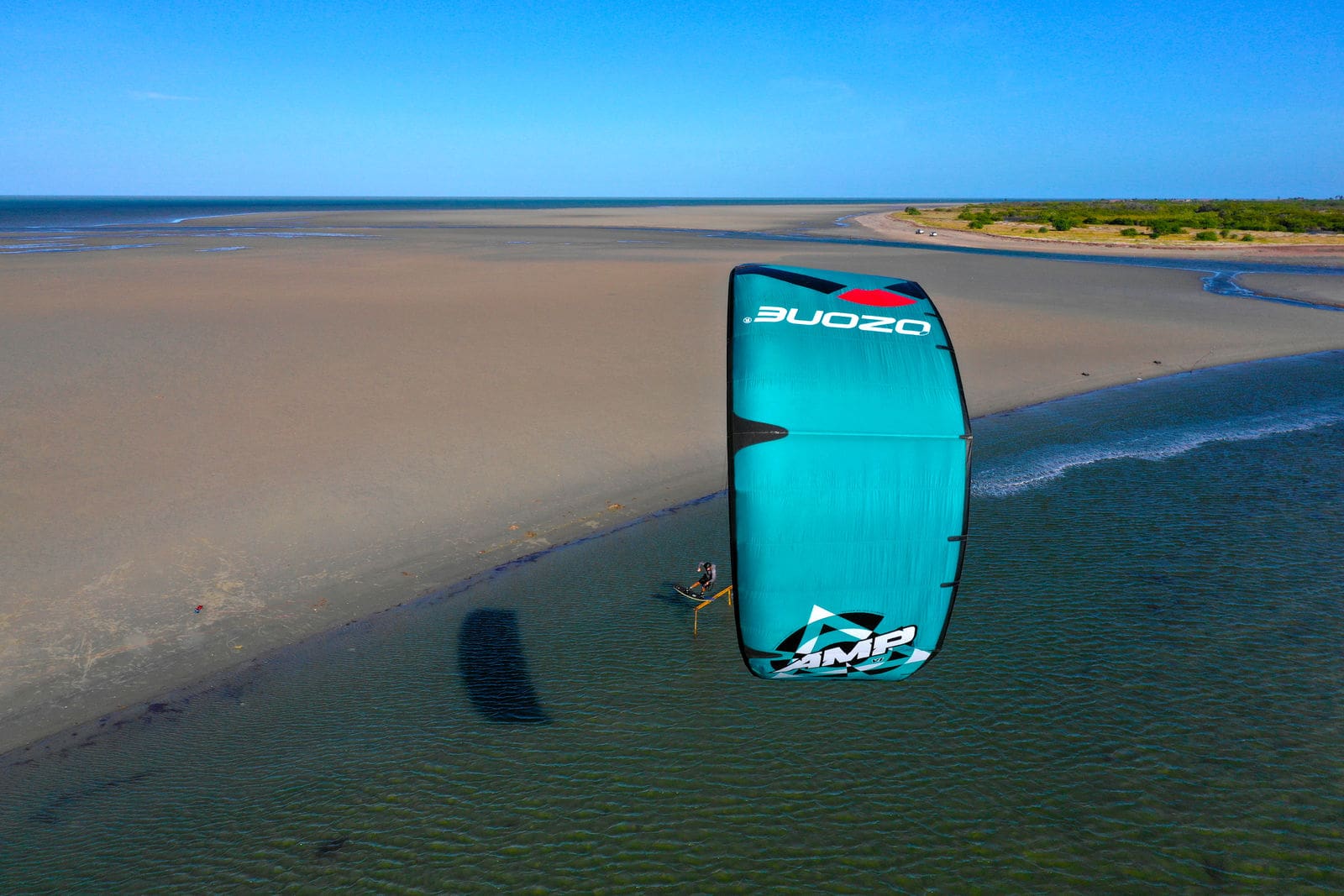
Ask The Experts
The simplest thing to do is ask your instructor. Here at The Watersports Centre two of the business owners are senior BKSA instructors both of whom teach for our sister business Hampshire Kitesurfing Centre and one of whom is 4 times British Pro Freestyle Champion, George Dufty who runs advance coaching and kitesurf coaching trips from George Dufty Coaching. There will be many opportunities to speak to an instructor before, during or between lessons and we encourage such discussions.
You can call Hampshire Kitesurfing Centre on 07863 811644 and call us at The Watersports Centre on 07542 8835125.
Things To Consider When Choosing Kiteboarding Equipment
Before moving on here, when you are going out on your own kit for the first time “solo” you should be looking for the same conditions you’d have experienced on your lessons. This means that you want to be able to stand up/touch the seabed/lack bottom and not be out of your depth. Your lessons will have been run like that so that if you fall off your board and/or crash your kite onto the water, you can concentrate on relaunching the kite, then retrieving your board so that you can then get the board back on your feet and start again.
You will read in this blog post us mention the “variables”. These are IMPORTANT! This is because advice to one new kitesurfer who is ready to go solo will not be the same for all new kite surfers. Be warned, if you are 70 Kg’s and your friend who weighs 100 Kg’s has just been out and bought say a 12m kite and a 140 cm board and tells you that that’s what you should buy then he is wrong to advise you that and you’d be wrong to accept his advice.
Gender and age aren’t factors to consider for the choice of a kite. Men and women can use the same kite size if their weight and skills/ability level were/are the same.
So going back to the question, “Can I go solo and carry on practicing on my own and what kite and board should I buy?”, providing you are “safe” to carry out your first beach launch, get yourself in the water, practice and when you are done, get safely back off the water and safely land your kite let’s look at those variables.
1. Your weight
There is a good chance that your weight through any 3 month period will stay the same or within 2-3 Kgs so this part of the equation is a bit more straightforward.
2. Conditions
The conditions you are going to kitesurf in. It is advisable to choose the size of the kite for the wind range that most often blows at the spot where you will do most of your kiting.


Kitesurfing/kiteboarding has been gaining popularity all over the world since the sport started in the early 1990s.
Kitesurfing/kiteboarding is however one of the most dangerous kinds of extreme sports and therefore, the most important thing to minimize risks and enjoy the sport is choosing the right kite size.
What is a Kitesurfing/kiteboarding kite?
There are two main types of kites, Leading Edge Inflatable (LEI) kites, sometimes these are referred to as “tube kites” and foil kites. LEI and Foil kites are fundamentally different in design as are the possibilities of their use.
Simply put, Kite landboarders tend to use Foil kites and Kitesurfers tend to use Foil kites
Choosing the correct kiteboarding kite
As this Blog is intended to deal with those who have learned to kitesurf on water, we will concentrate on water based kites.
Unfortunately, there is no universal kite size.
So, as we have said, the kite size is the most important criteria for choosing a kitesurfing kite. Its size is defined as the area of its length and width in square metres. Simply put, a 7m kite has a surface area of 7 square metres and a 12m kite has a surface area of 12 square metres.
In order to make the most of different weather conditions, as a rule, kiters have a set of kites of different sizes for different winds.
The kite size choice depends on several parameters: wind and gust speed, rider’s weight and skill level and board type & size. The shape and type of the kite also matter when choosing. We will get to skill level and board type & size below as variables 3 and 4.
Each kite also has its own wind range.
For a general understanding, the rule (which does NOT take into account weight and skills) is:
- Large kite for lighter winds (12m – 15m) for 12 – 20 knots.
- Medium kite for medium winds (8m – 10m or 11m) for 15 – 25 knots.
- Small kite for higher winds (5m – 7m) for 25 – 35 knots.
Some examples (Simply on weight and NOT taking into account the riders ability) assuming a 75/85 kg rider are:
- 12 m kite wind range is 12-20 knots.
- 10 m kite wind range is 15-25 knots.
- 8 m kite wind range is 20-30 knots.
So you will see that there are overlaps in the size and wind range.
This is good in that If there is a forecast for say 15 to 18 knots then you might opt to ride your 12m kite but could also ride your 10. If the forecast is for 18-22 knots then you’d find yourself being overpowered and potentially unsafe on your 12m but right in the middle of the wind range for your 10m kite. Likewise you could in 18-22 knots fly your 8m BUT you’d then be right at the low end of the kites wind range.
As this blog post is about choosing the right kite size, we won’t go into too much detail about board sizes as there are many variable there too. Those briefly include the overall tip to tip length ie 140cm, width ie 41cm and the “rocker” the shape from tip to tip.
The bigger the board is the slower it can be ridden making it easier to get up and ride and easier to stay up at slower speeds.
The flatter the board the slower it can be ridden. With more rocker, irrespective of overall size, the board needs to be ridden faster to keep you up on the plane/riding.
One thing we have to say on this here is that IF you were advised that the correct board size for you was say a 140cm x 40cm board, then if the conditions dictated that you would be out on a 10m kite, IF you did also have say a 148cm x 44cm board and you rode that instead, the combination of the bigger board but same 10m kite would feel like you were actually flying an 11m kite! It’s all about displacement, the bigger board would have a bigger footprint on the water and would get you up and keep you up easier. Think of the difference between walking in deep snow in walking boots as opposed to wearing a set of snow shoes! The big surface area of snow shoes would stop you sinking through the snow!
An optimal number of kites would be 2 or 3 kites to cover several different wind conditions.
IF however, budget means that you can only go for one kite, then it is really very important to choose the size of the kite for the wind range that most often blows at your main beach. That said, having opted for one kite, there WILL always be days when you are either at, or planning to be at the beach and that one kite will be too small for the prevailing conditions and other days when that one kite will be too BIG for the prevailing conditions!
Oddly, and we still find this strange bearing in mind ALL the variables, the most universal kite size bought in the world is 12 m². The logic for that can only be that those new kiters who are looking for their first kite might, and we say that with a lot of caution, be suitable for medium wind range, kiters of different levels, and average weight.
We need to repeat that one basic rule to follow when choosing a kite size is the stronger the wind you expect, the smaller your kite should be.
All kite manufacturers give indication for the standard wind range that they recommend for using any given size of kite. As a rule, the values they give are valid for riders weighing about 75/85 kg. If you weigh more or less, you can calculate: (for every 10 kg of difference), add or subtract 1 m² for the size of the kite.
Some extra and important advice:
- Don’t choose your own kite ‘with a margin’ of size, because too big a kite can easily lift you up in a rush and hit the water or shore. Injuries can be very serious.
- Also, when choosing a kite, you need to take into account the general conditions at beach where you will be kiting and the season: winter, summer, or all year. This is because wind conditions will depend on this: the direction, speed of the wind, and gusts. 20 knot winds in the depth of winter will be a lot more punchy in winter than they would be in the summer. Winter winds are denser with more moisture. Summer winds are less dense with a lot less moisture.
3. Your ability/level.
The higher your ability/level, the higher the winds the kite can be used in. Of course the opposite applies so a beginner should be using smaller kites and going out in lighter winds.
“Beginners” include those who hopefully are reading this article who have done a set of kitesurfing lessons, getting up and riding under control over 50m, getting runs in in both directions for between 50m – 100 metres and looking to “Go Solo”!


So, here we need to consider three stages: Wind speeds are indicated and we assume a rider of circa 75Kgs.
Stage 1. (Now) If you get a 10m kite. You can get out and work on your waterstarts and riding in winds from around 14/15 knots to 18/20 knots..
Stage 2. (In 3-6 months time) on the same 10m kite. You can at this point (if you have been able to get out regularly), get out and work on more consistent riding in winds from around 14/15 knots to 22/25 knots. You will be able to start riding upwind. You will still be looking for optimal conditions and where you can staying in shallow enough water to be able to stand up but at times will be out of your depth but able to relaunch your kite after a crash, recover your board and get it back on out of your depth.
N.B. At this stage you may still be thinking twice before going out in 25 knots +
Stage 3. (In 9-12 months time)
By this stage, (if you have been able to get out regularly), you will have either worked out how to transition yourself or have been for a lesson to learn that. You will be riding as far left or right as you like, hazards permitting and can cover 100m, 200m, 500m or 800m or more on a single tack and back again the other way of course! Now, on the same 10m kite. You can at this stage get out and work on your more consistent riding in winds from as little as 14/15 knots through to 25+ knots.
So there you have it. Some food for thought.
“What kite do I buy?”
When it comes to kites, The Watersports Centre are dealers for Ozone, Airush, Cabrinha and Naish with irons in the fire to add additional brands. All brands make a range of kites for which they have designed for different purposes.
As an example, the Ozone, Airush, Cabrinha and Naish freeride kites designed for ease of use, stability and fantastic progression are:
The Ozone Catalyst and the Ozone Alpha. The Airush Lithium and the Airush One Progression. The Cabrinha Switchblade. The Naish Pivot.
Conclusion: Choosing The Right Kiteboarding Equipment
After reading this blog post we hope that you now find yourself better informed.
Our next blog post will cover things to think about when you are looking to buy your first kiteboard. In order to keep this article the length it is, we did not cover the idea of looking at the great deals that are available, by buying a kiteboarding package. This usually comprises of a kite, bar, leash, harness, pump and board – but by way of example you can see our kitesurfing packages here.
We are also able to mix and match products too to make a bespoke “package” for you.
If you have any questions at all please do not hesitate to give us a at The Watersports Centre on 07542 8835125 or drop us an e-mail to sales@thewatersportscentre.com .





